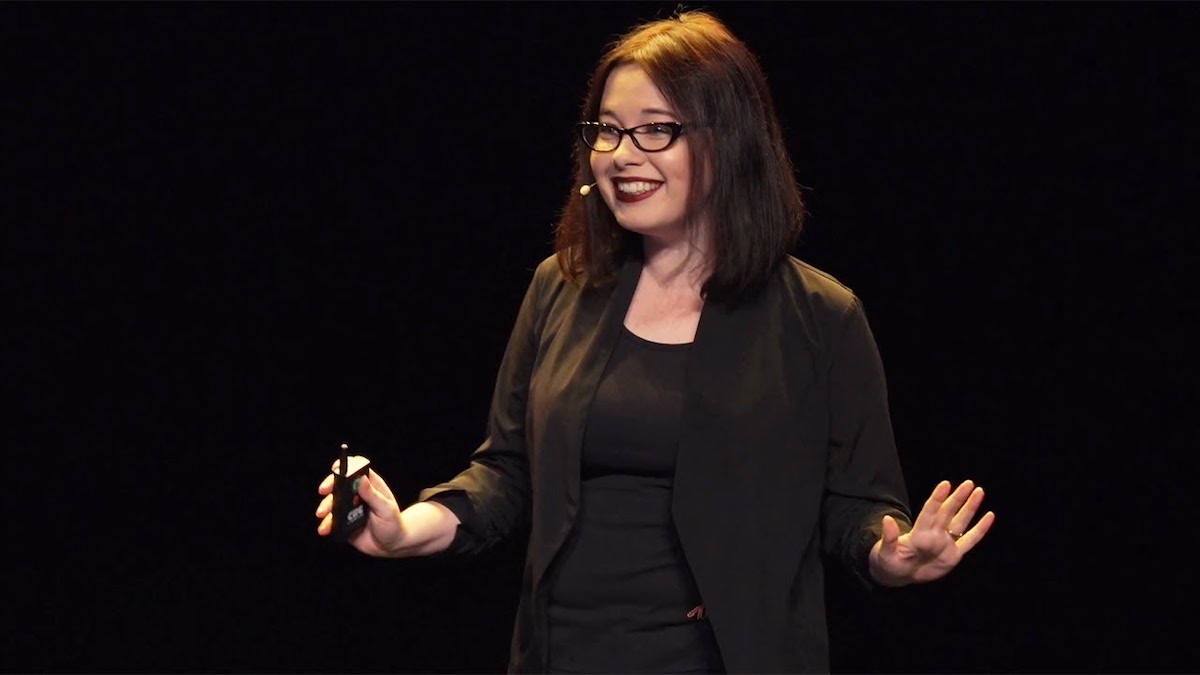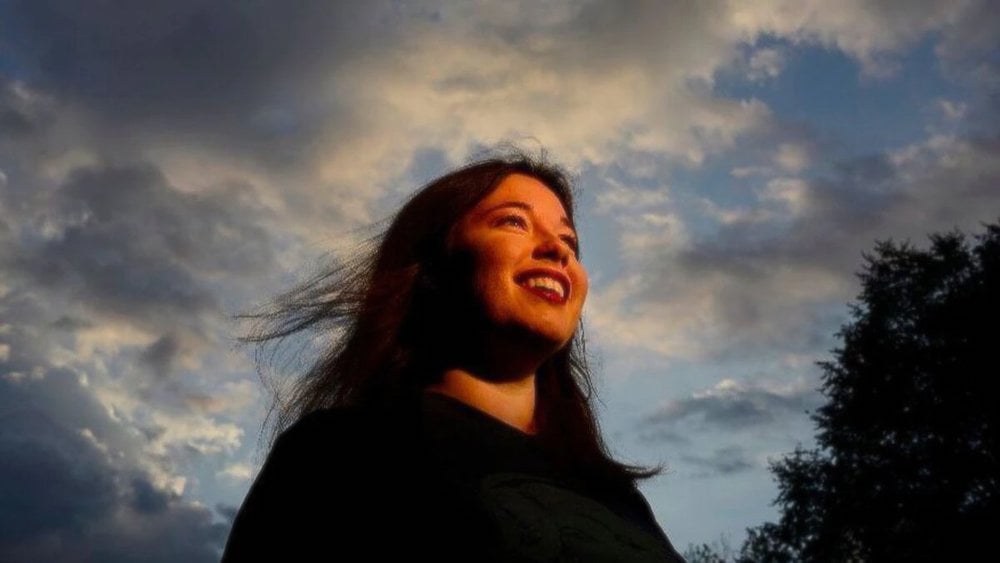
Canceled or retired? Find out why Lindsay Ellis quit YouTube
The format of the “YouTube video essay” has a long development history. In these years, it’s a common genre, with hundreds of examples of that filmed format being released every single day. But there were a few creators who pioneered it. And one of those people was Lindsay Ellis, YouTube’s breakout sensation.
In recent years, Ellis’s career has been at a high. But on December 27th, 2021, she announced her departure from YouTube. What did she say? Let’s find out.

Lindsay Ellis’s YouTube goodbye
On December 27th, 2021, Ellis released a tweet with a single word: “Goodbye.” Linked in that tweet is a Patreon-only article called “Walking away from Omelas” (a reference to “The Ones Who Walk Away from Omelas”, a short story by Ursula K. Le Guin), which we were able to obtain a copy of.
Ellis explained, “My life ended nine months ago – what has been taking up bandwidth ever since then has been a ghost. . . One YouTube channel chugging along on algorithmic inertia is not success – it’s just an engine driving on fumes. . . There is no un-fucking this. You can’t find the energy if there is nothing left to convert to it. You can’t be a better person if you are nothing but the hollow shell of one.”
Ellis referenced the essay “Hot Allostatic Load” by Porpentine, a transgender creator & game developer, making it clear that though she is cisgender, some points of the piece still apply to her. Ellis also references Isabel Fall, a trans woman whose short story “I Sexually Identify as an Attack Helicopter” got Fall harassed by an angry mob, noting that the same tactics were then used to hurt one of Fall’s “detractors”, Neon Yang.

Ellis concluded by declaring she knew she “was going to quit YouTube,” that she couldn’t do it forever. At first, she was going to shift to the video platform Nebula, but now – she has concluded she needs to leave creation entirely. “There is no healing as long as there is attachment to the thing that makes you suffer, and the thing in this case is being in the public eye at all.” Thus, Lindsay Ellis is done with YouTube – and with content creation.

Why did Lindsay Ellis leave YouTube?
Some of you may be confused after reading that. Why did Ellis say that “My life ended nine months ago”? Well, here’s the summary: in March of this year, Ellis tweeted about the recent movie Raya and the Last Dragon, comparing it to Avatar: The Last Airbender. This received backlash from those thinking Ellis was saying that Asian properties were the same as each other, and anti-Asian hate was in a spike at that time.
Ellis, therefore, released another tweet, saying, “I can see where if you squint I was implying all Asian-inspired properties are the same, especially if you were already privy to those conversations where I had not seen them. But the basic framework of TLA is becoming popular in fantasy fiction outside of Asian inspired stuff.” This just made people angrier, and Ellis trended on Twitter as the backlash continued.
Lindsay Ellis later released a YouTube video called “Mask off” discussing the matter at hand, how social media perpetuates hateful mobs, and what harassment is like to experience. However, though the Raya tweet seems to be the straw that broke the camel’s back, it’s not the only time Ellis was harassed.

In 2019, Lindsay Ellis gave an XOXO talk (on YouTube), discussing how right-wing groups perpetuated harassment of her by taking an out-of-context tweet and using it to frame her as a Nazi. Because she’s part of “Breadtube” (aka left-leaning YouTube creators), she has been both targeted by right-wing groups throughout her career and criticized by marginalized leftists who find flaws in her work or statements.
This has led to harassment from both sides. And that is not to say that the criticism Ellis received from marginalized leftists isn’t valid. Rather, Ellis was overwhelmed by the online hate mob. As she explained in her goodbye essay, “[T]o all the people telling me I need to grow a thicker skin or remove myself from the conversation altogether – you are right. I don’t have it in me to do the former, so I shall do the latter.”

How do we move forward?
Like her or not, the fact is that with Lindsay Ellis gone, we lost a YouTube titan. And as we look ahead, we’d like to point your attention to another work discussing similar issues. On the same day Ellis’s statement was released, trans cartoonist Mallorie Udischas-Trojan came out with a comic for The Nib called “Piled On”, about the impact of online harassment: the physical effects, emotional damage, and social consequences.
It’s worth a read to understand more. And at the end of the piece, Udischas-Trojan warns us to not be part of the online mob. She cautions us, “Even if you think this stuff is harmless or simply holding bad people accountable. . . [T]he damage it can do far outweighs any supposed good.”
The criticism Ellis received with her Raya tweet wasn’t fully invalid – as a white woman with a huge platform, she has a responsibility to those around her. But the hate mob she received was unwarranted, and now, she, one of the creators of YouTube’s current landscape, has thrown in the towel.

Social media, as a platform designed for many people, is unfortunately made to cultivate this kind of harassment on a large scale. Like many issues in this world, that one cannot simply be solved on the individual level – in fact, an entire redesign of the system may be necessary. But until that occurs, we have to do our part to avoid being part of the angry outpouring of people.
Lindsay Ellis has left YouTube. The least we can do, for her sake, is learn to criticize without harassing, be speakers of justice without requiring individuals to be burned at the stake for their statements. It’s at least worth trying.



